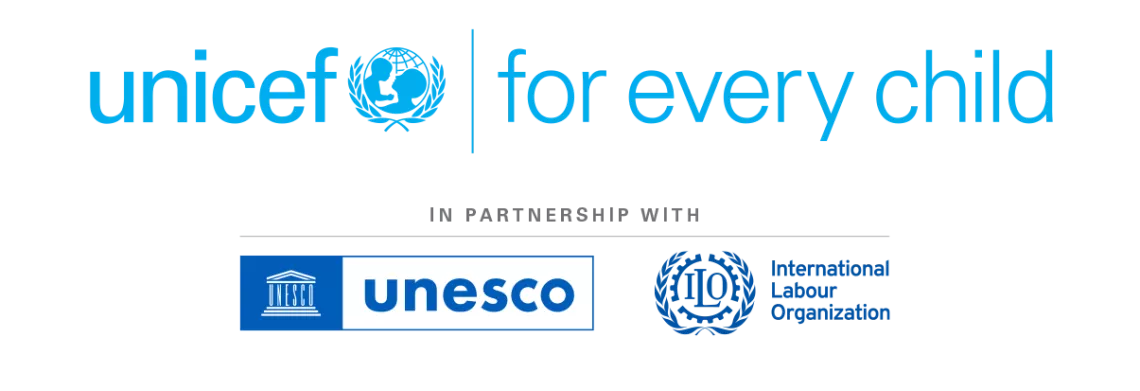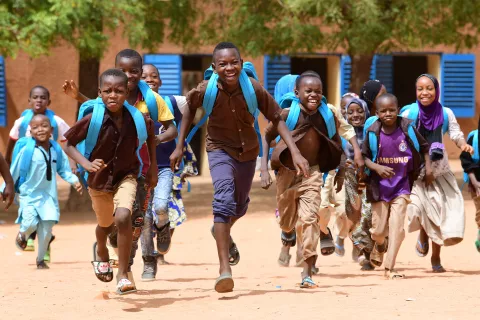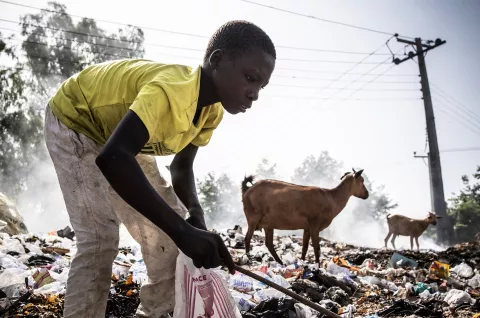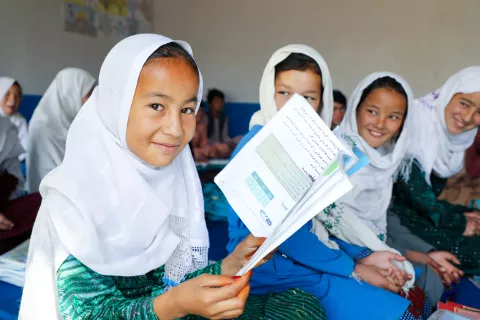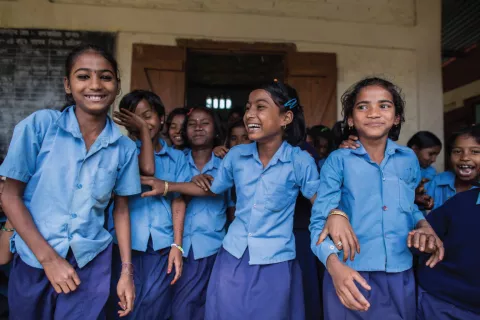Our mission
The Global Out-of-School Children Initiative aims to equip governments and education stakeholders with the tools to increase educational access for the world’s most marginalized children
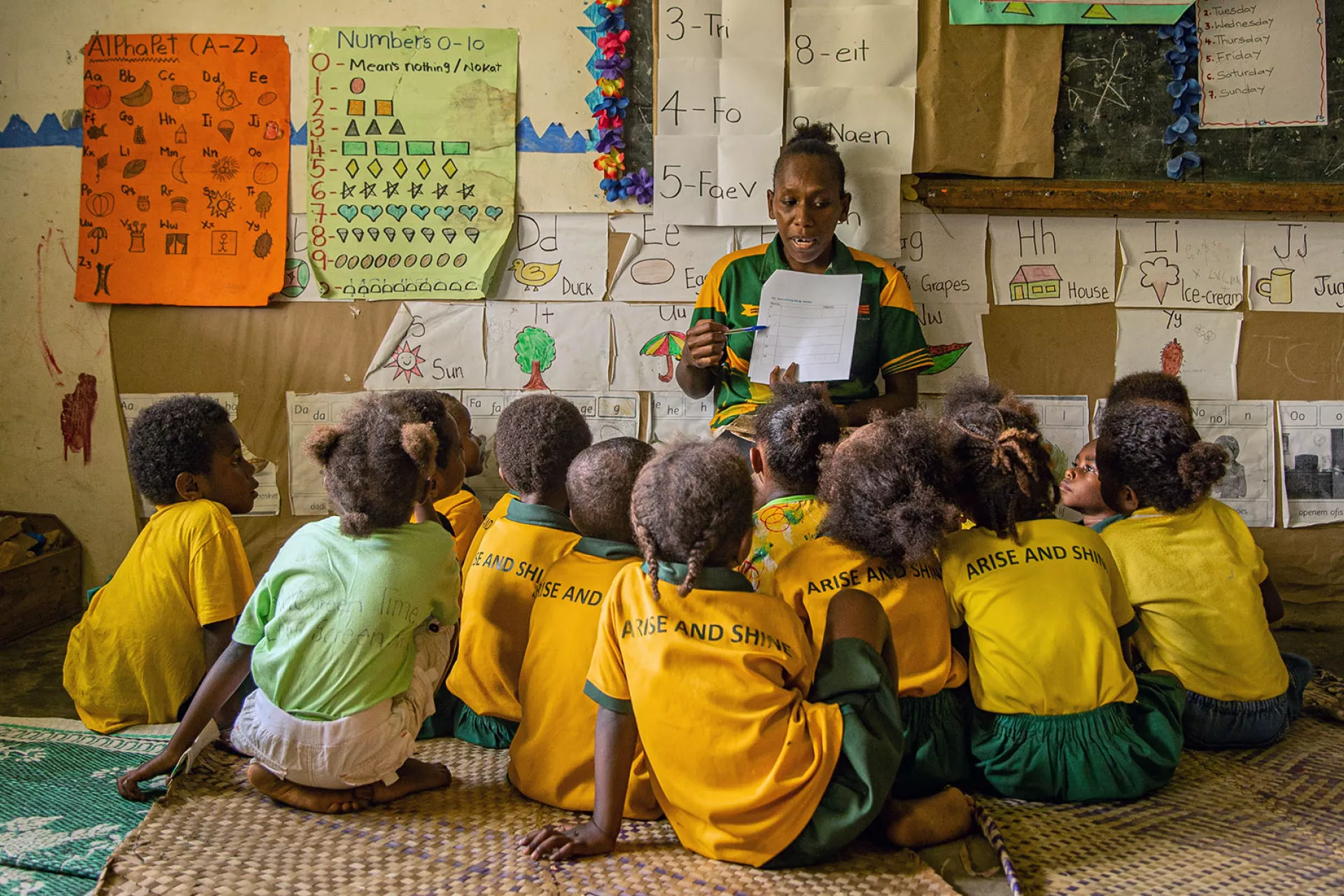
Children who miss out on school are among the most vulnerable and hard to reach in the world. They come from the poorest households and often have to work to help support their families. Some face discrimination as ethnic minorities. Others live with disabilities. Often they are girls.
Half of the children who do not attend school live in countries plagued by violence and war.
The Global Out-of-School Children Initiative (OOSCI) works to significantly and sustainably to reduce the number of children who are out of school around the world. With over 80 country and regional studies completed in every region of the world, OOSCI represents an important ongoing commitment to reduce education exclusion through generating rigorous data and analysis to improve policy and programming for the most marginalized children.
Data is the cornerstone of OOSCI
Data is the basis on which the Initiative is able to make recommendations on policy and practices that will allow more children to attend school.
An OOSCI study provides a detailed portrait of the most disadvantaged children and why they are not enrolled in school. In conducting an OOSCI study, researchers focus on children most often excluded from educational opportunities by poverty, location, ethnic origin, gender, conflict and/or disaster. Then they explore existing research and rich qualitative data to understand why these profiles of children are out of school or at risk of dropping out.
OOSCI studies are guided by the 2023 OOSCI Operational Manual. The Operational Manual provides a common framework and methodology to frame the studies. At the same time, the Manual also provides study teams with a wide range of analysis approaches, tools and guidance to tailor data analysis for specific profiles and focus areas. As a result, the initiative can offer policy and strategy suggestions that go beyond one-size-fits-all remedies and focus on the details that arise in each country or region.
From the wealth of OOSCI studies completed and published on this site, there is unrivalled depth of information on the situation, contexts and challenges related to out-of-school children and children at risk of dropping out, as well as the strategies and programmes governments and partners set out to implement to address educational exclusion.
Each year more countries join the global effort to ensure that all children can attend school and learn
The Out-of-School Children Initiative was launched in 2010 by UNICEF and the UNESCO Institute for Statistics to reach these children.
The goal of the Initiative is to significantly and sustainably reduce the number of children who are out of school around the world by:
- Developing comprehensive profiles of excluded children using rigorous and innovative statistical methods.
- Linking these profiles to the barriers that lead to exclusion.
- Identifying, promoting and implementing sound policies that address exclusion.
The Initiative begins the process of reaching the hardest to reach children by uncovering information. It uses diverse data sets including education administrative data, health data, household and population surveys to identify and count the children who do not attend school or are at risk of dropping out. The information is analysed to establish a detailed portrait of the children who do not attend school and the barriers that keep them away. The analyses are also used to suggest policies and interventions tailored to the needs of localities, countries and regions.
Throughout the process, UNICEF, in partnership with UNESCO and ILO, works closely with national and local education officials and civil society leaders. The work is conducted by a national team led by the education ministry.
